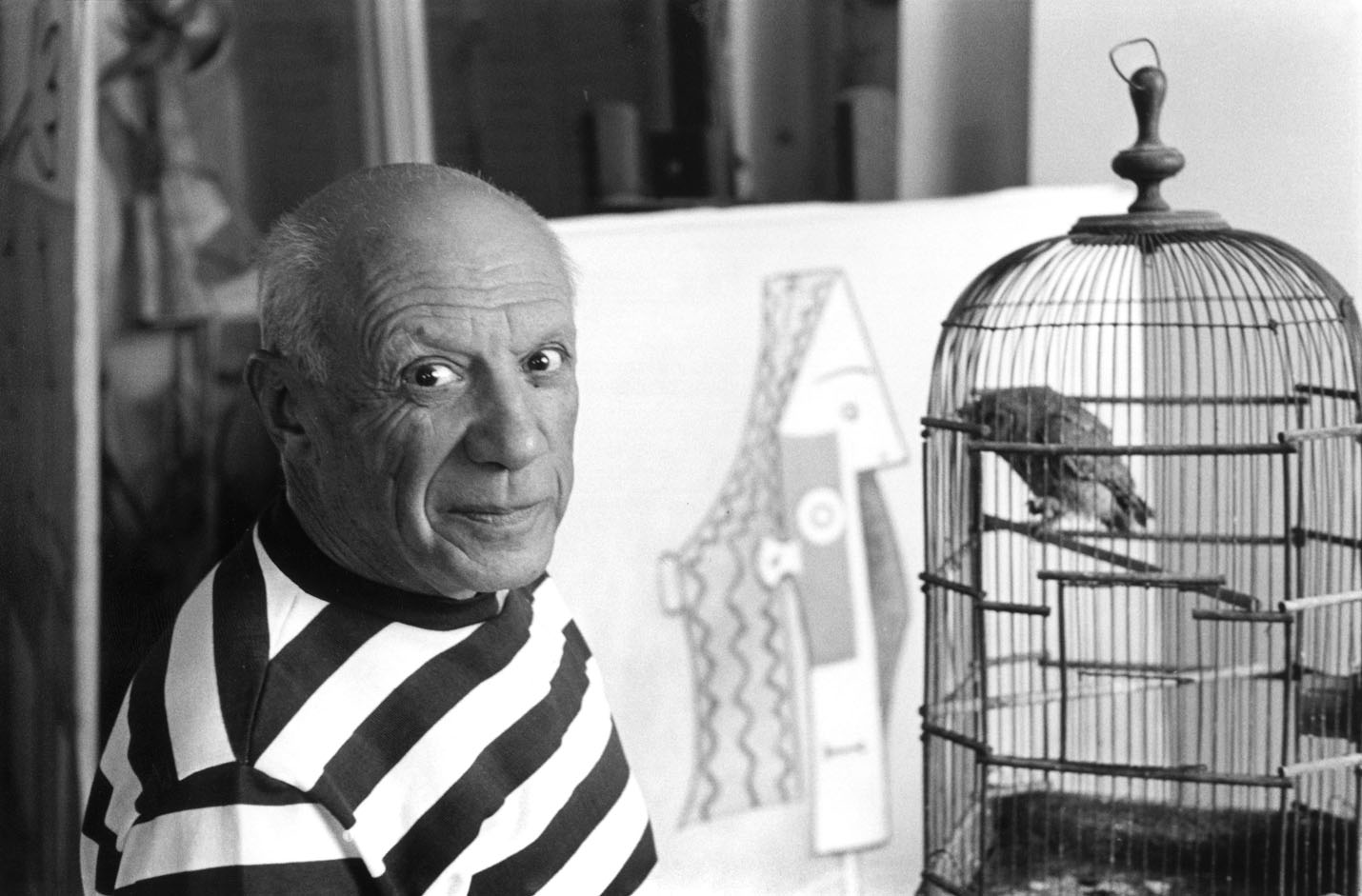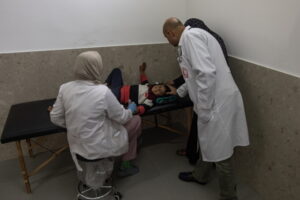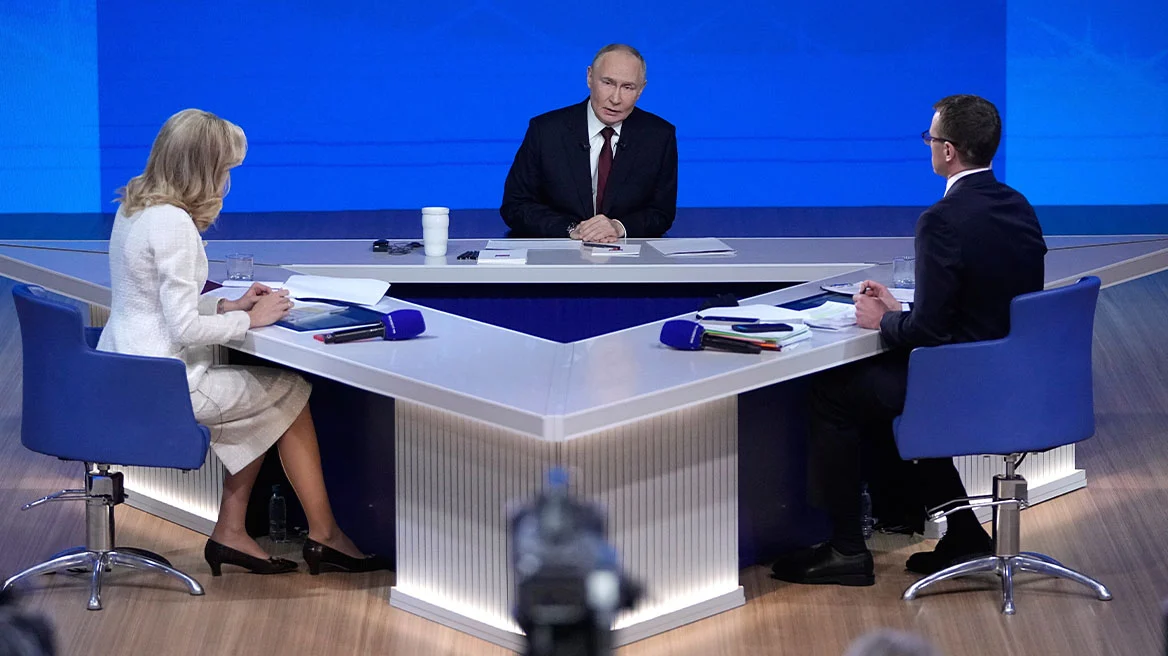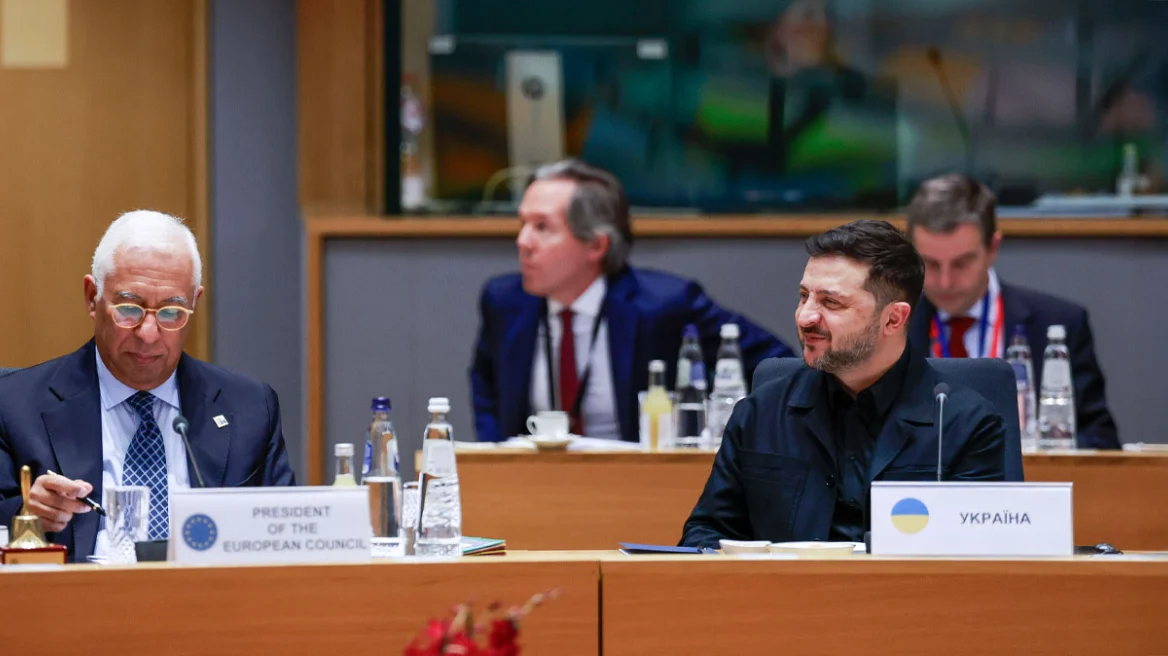She was 21, he was 61. Françoise Gilot met Pablo Picasso and they had an affair for 10 years. She became the mother of Claude and Paloma, two of Picasso’s four children. In 1964, however, things took a turn for the worse as Gilot published a book about the most influential painter of the 20th century, revealing tantalizing details about their relationship, to the point where Picasso forbade her and his children to visit him in his home, in Cannes. The book sold over a million copies and was translated to 12 different languages.
Until the death of his father in April of 1973, Claude was able to meet with Picasso a few times, while Picasso’s widow, Jacqueline forbade Claude and Paloma to attend the funeral. Three years earlier the two children had tried, through judicial means, to claim a stake in Picasso’s inheritance, but were unable to do so. French law which ensured that children out of wedlock were entitled to the same privileges as those had within wedlock, however, ensured Claude and Paloma’s inheritance rights, as well as the other two children, Maya (from his affair with seventeen year old Marie-Therese Walter) and Paulo (from his marriage to Olga Khokhlova.
The huge inheritance that Picasso left behind would become the point of contestation between the members of his family. There was no written will and his fortune, numbering up to 70,000 works of art, was of immeasurable value. It took many years and quite a few deaths, such as Pablo Picasso’s grandson, Pablito, who committed suicide after Jacqueline did not allow him to attend his grandfather’s funeral, and Pablo’s son, Paulo, who died in 1975, destroyed by alcohol abused, as well as Marie-Therese Walter, who hanged herself in 1977. Claude, the only living son was then entitled to manage Picasso’s art inheritance as a whole, and was able to become the only steady link between the varying family members, something his father never could do.
In 1979, as spirits finally calmed, the family made a huge donation to the French government, in order to pay off the huge inheritance tax: 5,000 paintings, drawings, sketches, and other works of art, 200,000 personal pieces from Picasso’s personal record, and 150 artefacts from other artists which belonged to Picasso’s personal collection (Cezanne, Degas, etc), find a home in Hotel Salé, a historic 17th century mansion in Paris. The Picasso museum will open in 1985, and was the museum with the largest Picasso art collection in the world.
Five years ago, the shutting down of the museum was decided, in order to refurbish it. After a series of delays and postponements, in the 25th of October of 2014, it was able to celebrate the 133rd anniversary after Picasso’s birth as well as its second opening, which cost 52 million euros. Claude was not happy. The explanations given about the delays of the reopening are not sufficient, while the fact that one of France’s most significant museums remained closed for 5 years is a sign of national shame. According to a Liberation newspaper publication, Anne Baldassari, the then director of the museum was accused of totalitarianism and unfitting behavior which led the Picasso Museum to a dead-end. The French government requests that she step down from her position as director. The new director appointed stated he has no magic tricks in order to return the museum to its former glory, but at least the grand re-opening took place.
Ask me anything
Explore related questions





